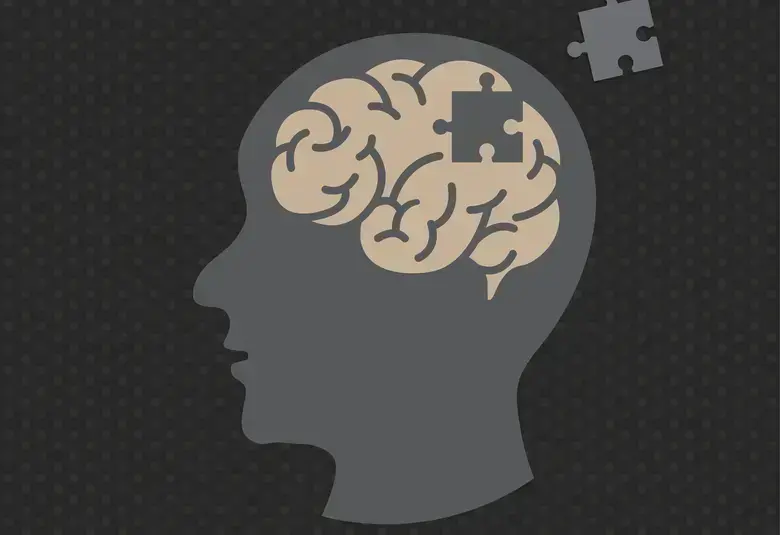At the 35th ECNP Congress in Vienna, Austria (15−18th October), in a symposium entitled ‘Functioning as a treatment goal in major depressive disorder (MDD): How can we improve patient outcomes?’ Professor Raymond Lam (University of British Columbia, Canada) discussed how the definition of recovery in major depressive disorder (MDD) has evolved from only addressing symptoms to one that includes functional recovery and quality of life. These can be particularly impacted, and harder to treat, in people who have MDD comorbid with generalised anxiety disorder (GAD), who may account for around a third of patients diagnosed with either condition. Prof Andrea Fagiolini (University of Sienna, Italy) discussed how some antidepressants can improve functional performance in people with MDD. However few have been studied in people comorbid for MDD and GAD and there is a need for investigation into the best treatments to improve functional outcomes in patients with such comorbidity.
Functional recovery in major depressive disorder
In 2017, the World Health Organization estimated that there are 322 million people globally living with major depressive disorder (MDD), making it the leading medical cause of disability.1 More recently, it was estimated that during the COVID-19 pandemic, MDD diagnoses increased by 27.6% worldwide.2 These figures have added to The Lancet-World Psychiatry Association Commission’s call for an ‘united action on depression.’3
Key goals in MDD centre around functional recovery4
“The definitions of recovery have changed over the years,” said Prof Lam. “When I was going through training, we looked at syndromal recovery.” Attention was then shifted to symptomatic recovery, where there are no longer depressive symptoms. “Now we’ve shifted our focus again to looking at the goal of treatment as functional recovery."5 People with MDD rank among the highest ways to define remission positive mental health (e.g., optimism), a return to their ‘normal’ self and a return to their usual level of functioning. Absence of depressive symptoms come below all of these.5 As such, guidelines now include return to full functioning and quality of life as goals alongside prevention of symptom recurrence.4
To attain MDD goals of symptom remission and function restoration, there is a need in the acute phases to establish a therapeutic alliance and educate the patient as to the nature of their condition so that together a treatment can be selected and progress monitored. In the maintenance phase, further needs include rehabilitation, treatment of any comorbidities and monitoring for recurrence.4 However, Prof Lam reported that, “there are also barriers for those who are being treated for depression, related to residual symptoms, treatment side effects, environmental stressors, interpersonal difficulties and comorbidity.”
Comorbidity of major depressive disorder and generalised anxiety disorder can impact functioning
Around a third of people diagnosed with MDD have comorbid generalised anxiety disorder (GAD) and vice versa. Additionally, while around a third of people each are first diagnosed with only MDD or GAD, for the other third, these begin concurrently.6 This may be because there is a strong genetic overlay between MDD and GAD7 and some common environmental risk factors for the development of the disorders. However, for the latter, unique risk factors include loss events for MDD and threat events for GAD.8
It is of note that MDD/GAD comorbidity is more likely to be diagnosed at an earlier age than either condition separately,9,10 and this is associated with a more chronic course of disease.11,12 For instance, in one study, while half of 267 people with MDD achieved remission with treatment within 6 months and half of 487 people with GAD achieved remission within 16 months, during the study course of 24 months, less than half of the MDD/GAD comorbid group achieved this.13
Comorbid MDD and GAD can lead to a more chronic disease with higher functional impairment11,12,14,15
It has also been found that functional impairment is significantly higher in people with comorbid MDD/GAD, in areas such as work/studies, social live and family life, compared to both those with either condition alone or those without either condition.14,15 Such people also have significantly poorer health-related quality of life than those with either condition alone,14 and, in one study, impairments in social functioning were greater in those with comorbid MDD and GAD than those with either condition alone.15
MDD/GAD comorbidity is also associated with significantly more cognitive limitations, greater healthcare resource use, more treatment resistance and higher daily activity limitations.16
Antidepressant treatment can improve functioning in comorbid patients
In a survey of patient- and physicians, top priorities regarding acute treatment goals for both included to lift mood and to return to normal social, work and family life.17 “The lack of functioning is usually a consequence of depression and anxiety but can also be a cause for the lack of complete improvement and recovery,” said Prof Fagiolini, who talked about the best strategies to help with return of functioning.
Few studies have investigated treatment for comorbid MDD and GAD
In a systematic review and network meta-analysis (n=18,998), 8 out of 13 antidepressants included were more effective than placebo in improving functional performance (measured by the Sheehan Disability Scale) in people with MDD.18 However, while a number of antidepressants have evidence of efficacy in both MDD and GAD, not all antidepressants are indicated for treatment of both disorders.19,20
In fact, few prospective studies have investigated patients with comorbid MDD and GAD, with some actively excluding those with a dual diagnosis.19 In one post-hoc analysis of a randomised controlled trial, improvements in depressive symptoms were delayed in patients with comorbid MDD and GAD, compared to patients with MDD alone. However, no measures of patient of functioning or patient reported outcomes were measured/assessed in this analysis. 21
Prof Fagiolini highlighted the latest evidence in the treatment of MDD with comorbid GAD and finished by noting that more prospective studies are needed to identify optimal treatment options for comorbid MDD/GAD patients and that these should include assessment of functional outcomes.
Our correspondent’s highlights from the symposium are meant as a fair representation of the scientific content presented. The views and opinions expressed on this page do not necessarily reflect those of Lundbeck.




